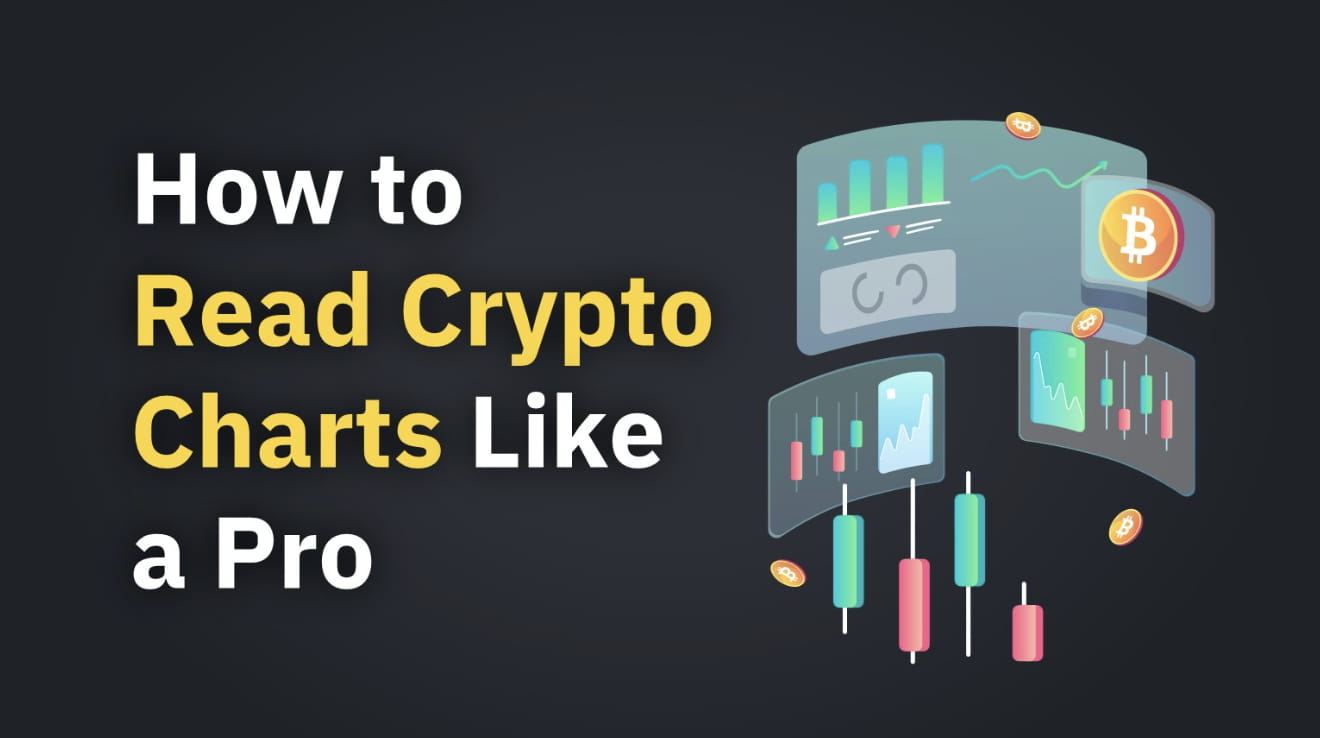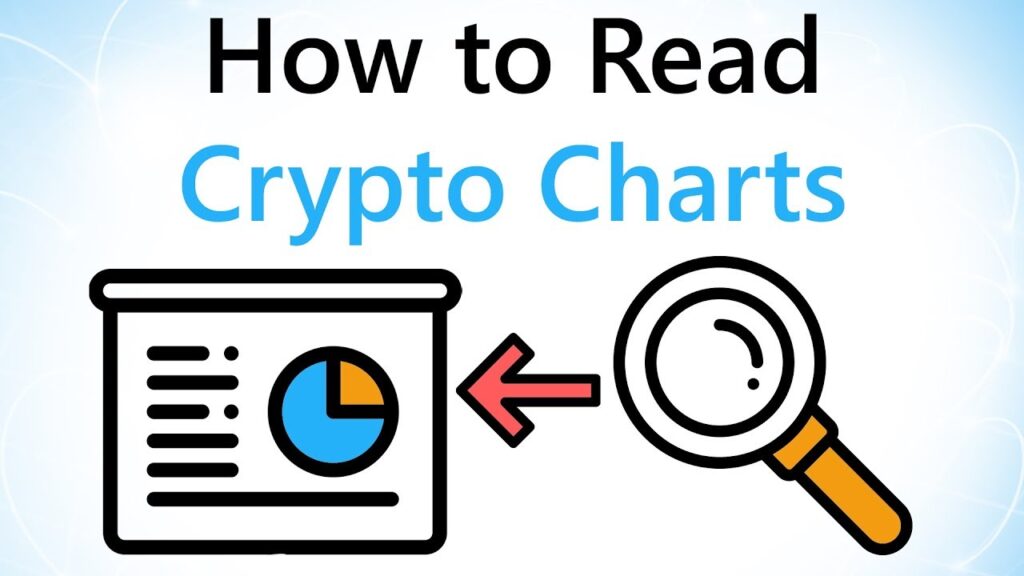
Cryptocurrency markets are known for their volatility, and successful traders rely on more than just luck. They utilize technical analysis to make informed decisions, and at the core of this analysis are crypto charts. Reading crypto charts might seem daunting to beginners, but fear not. We’ll break it down step by step, ensuring you grasp this essential skill.
Table of Contents
- The Basics of Reading Crypto Charts
- Advanced Techniques in Reading Crypto Charts
- Frequently Asked Questions (FAQs)
- 1. What is the importance of reading crypto charts in trading?
- 2. How often should I check crypto charts as a trader?
- 3. Can beginners learn to read crypto charts effectively?
- 4. What are some common mistakes to avoid when reading crypto charts?
- 5. Are there any recommended tools or software for reading crypto charts?
- 6. How can I stay updated with the latest crypto chart analysis?
- Conclusion
The Basics of Reading Crypto Charts
What Are Crypto Charts?
Crypto charts, short for cryptocurrency charts, are graphical representations of a cryptocurrency’s price movements over time. They provide a visual history of a coin’s performance, allowing traders to spot trends and patterns.

Types of Crypto Charts
- Line Charts
Line charts are the simplest form of crypto charts. They display a line connecting closing prices over a set period. They are great for identifying trends over time. - Candlestick Charts
Candlestick charts provide more detailed information. Each candlestick represents a specific time frame and includes the opening, closing, high, and low prices. They help traders gauge market sentiment. - Bar Charts
Bar charts are similar to candlestick charts but use bars instead of candlesticks. They show the same information – open, close, high, and low – in a different visual format. - Heikin-Ashi Charts
Heikin-Ashi charts are derived from candlestick charts but aim to filter out market noise, making trends easier to identify.
Reading Crypto Charts: The Fundamentals
To become proficient in reading crypto charts, you must grasp the following concepts:
Support and Resistance Levels
Support levels are price points where a cryptocurrency tends to find buying interest, preventing it from falling further. Resistance levels, on the other hand, are where selling pressure tends to halt price increases. Recognizing these levels is crucial for making informed trading decisions.
Trends and Trendlines
Trends are the general direction in which a cryptocurrency’s price is moving. Trendlines are drawn to visually represent these trends. Understanding the trend’s strength and direction is vital for traders.
Candlestick Patterns
Candlestick patterns reveal potential market reversals or continuations. Patterns like doji, hammer, and engulfing can provide valuable insights into market sentiment.
Moving Averages
Moving averages smooth out price data, making it easier to identify trends. Common moving averages include the simple moving average (SMA) and the exponential moving average (EMA).
Volume Analysis
Trading volume can indicate the strength of a price movement. High volume often accompanies significant price changes.
Timeframes
Different timeframes on crypto charts provide varying levels of detail. Traders often use multiple timeframes to confirm trends and make decisions.
Advanced Techniques in Reading Crypto Charts
Fibonacci Retracement
Fibonacci retracement levels help identify potential support and resistance zones based on mathematical ratios. Traders use these levels to predict price reversals.
Relative Strength Index (RSI)
The RSI is a momentum oscillator that measures the speed and change of price movements. It helps traders identify overbought and oversold conditions.
Bollinger Bands
Bollinger Bands consist of a middle band (SMA) and two outer bands that measure volatility. They are used to identify potential price reversals or breakouts.
Elliott Wave Theory
This advanced theory involves analyzing wave patterns to predict future price movements. It requires a deep understanding of market psychology.

Frequently Asked Questions (FAQs)
1. What is the importance of reading crypto charts in trading?
Understanding crypto charts is essential for making informed trading decisions. They provide insights into price trends, support and resistance levels, and market sentiment.
2. How often should I check crypto charts as a trader?
The frequency of chart analysis depends on your trading style. Scalpers might check charts every few minutes, while long-term investors may do so less frequently.
3. Can beginners learn to read crypto charts effectively?
Yes, beginners can learn to read crypto charts with dedication and practice. Start with the basics and gradually explore advanced techniques.
4. What are some common mistakes to avoid when reading crypto charts?
Common mistakes include overtrading, ignoring risk management, and solely relying on charts without considering other market factors.
5. Are there any recommended tools or software for reading crypto charts?
There are several charting platforms available, such as TradingView and CoinGecko, which offer a wide range of features for chart analysis.
6. How can I stay updated with the latest crypto chart analysis?
To stay updated, follow reputable crypto analysts on social media, join online forums, and consider subscribing to newsletters from crypto news websites.
Conclusion
Reading crypto charts is an indispensable skill for cryptocurrency traders. By understanding the nuances of various chart types, recognizing essential indicators, and staying informed, you can navigate the crypto market with confidence. Remember, practice makes perfect, so dedicate time to honing your chart-reading skills, and you’ll be well on your way to becoming a successful crypto trader.













